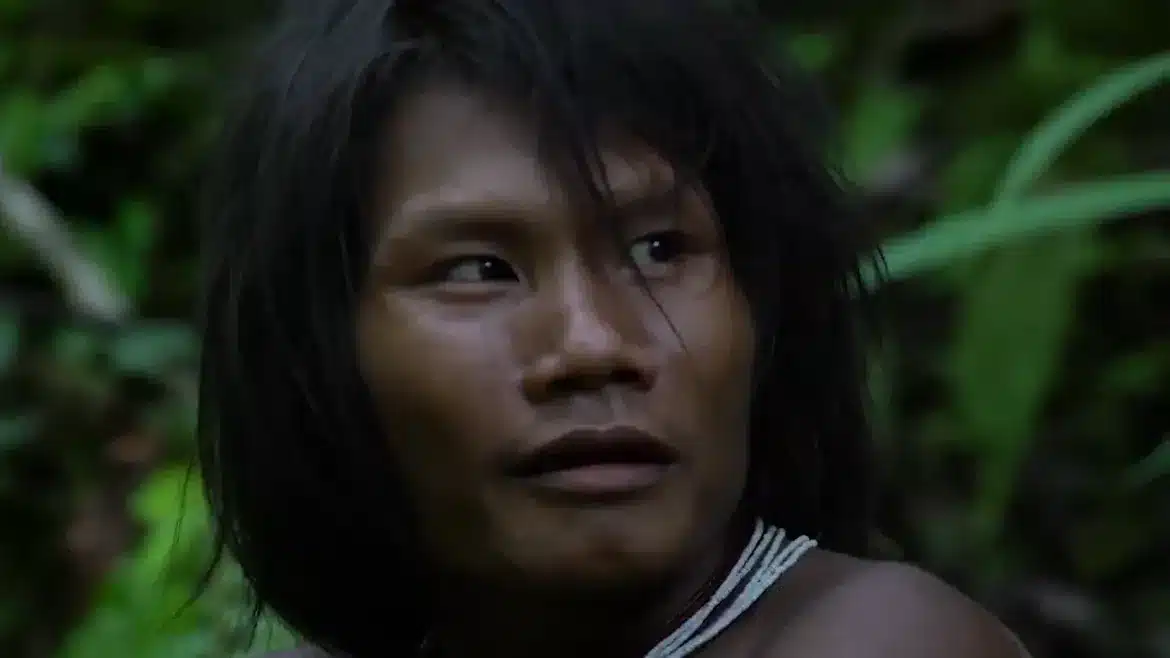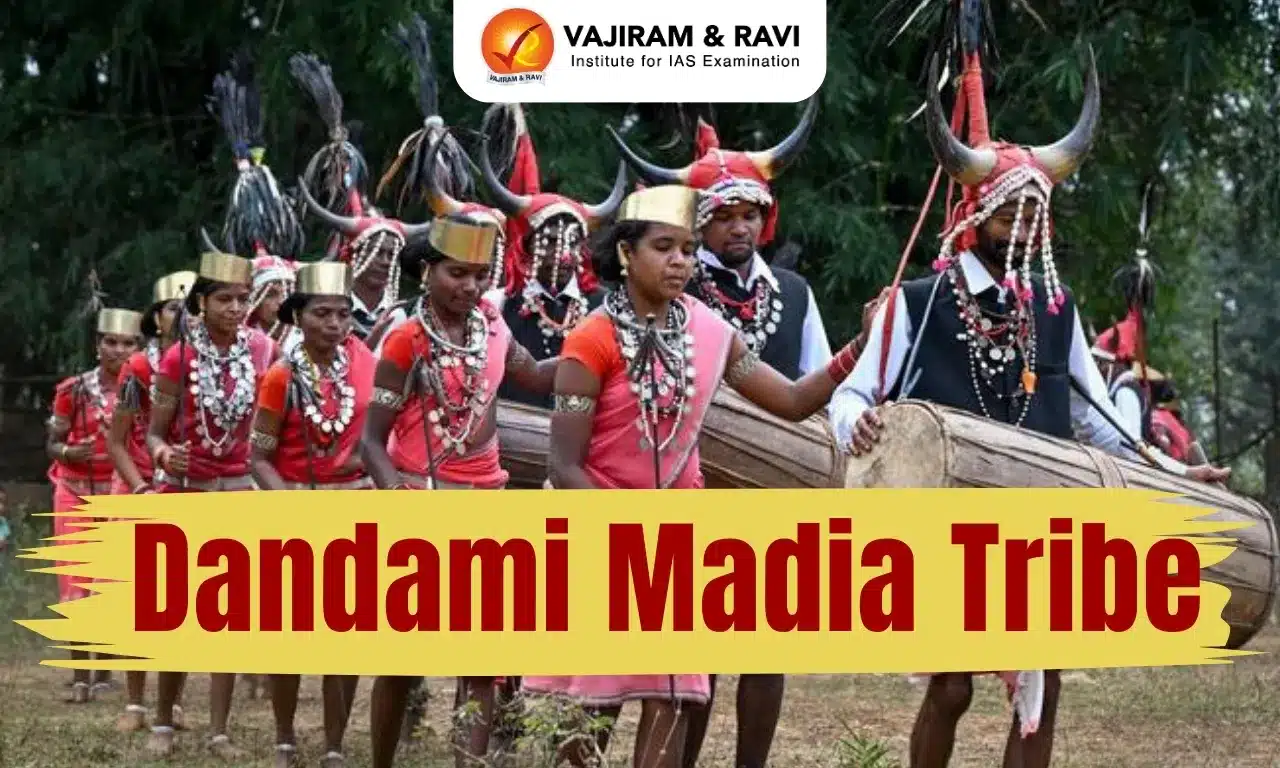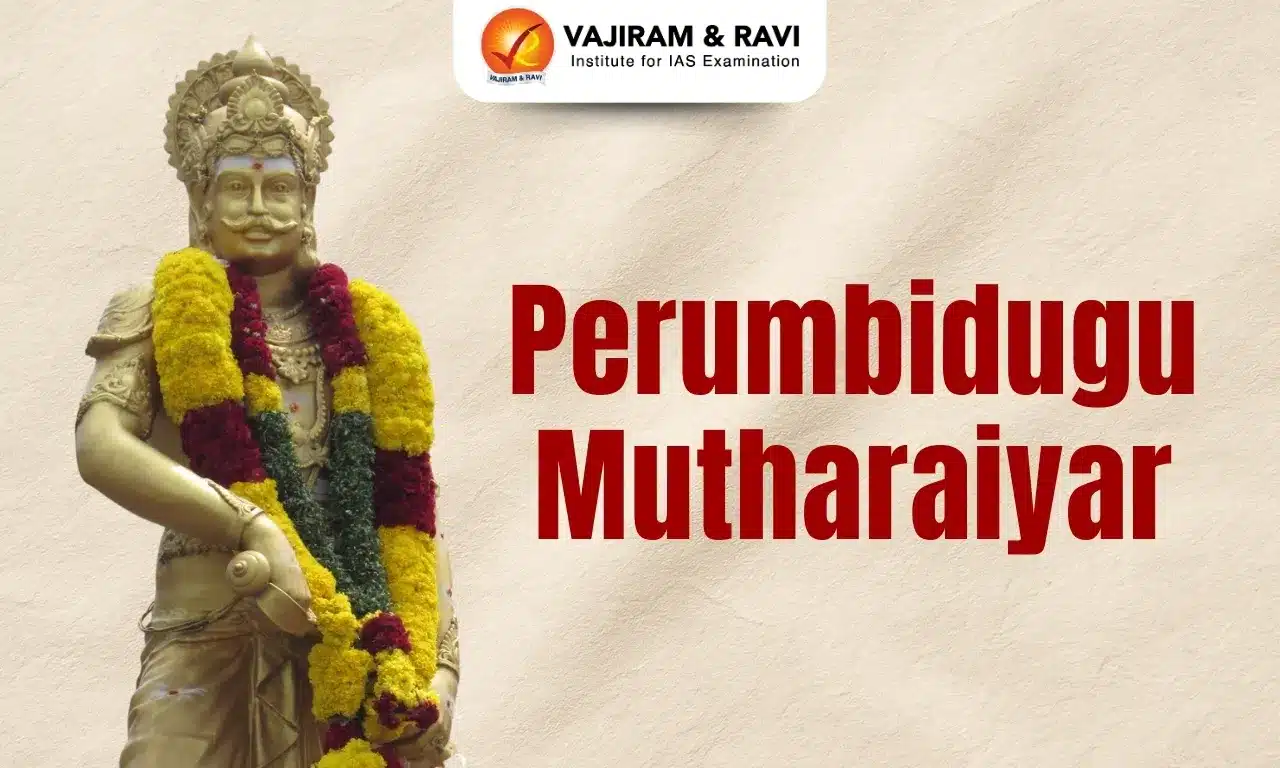About Shompen Tribe:
- They are one of the most isolated tribes on Earth.
- They are one of the least studied Particularly Vulnerable Tribal Groups (PVTGs) in India.
- They reside in dense tropical rain forests of the Great Nicobar Island of Andaman and Nicobar group of Islands. Around 95% of the island is covered in rainforest.
- The Shompen habitat is also an important biological hotspot, and there are two National Parks and one Biosphere Reserve, namely Campbell Bay National Park, Galathea National Park, and Great Nicobar Biosphere Reserve.
- Population: Though according to the Census (2011), the estimated population of Shompen is 229, the exact population of Shompen is unknown till today.
- Most of them remain in the forest and have little or no contact with outsiders.
- They are semi-nomadic hunter-gatherers and their main sources of livelihood are hunting, gathering, fishing, and a little bit of horticultural activities in a rudimentary form.
- They live in small groups, whose territories are identified by the rivers that criss-cross the rainforest.
- Being nomadic, they typically set up forest camps where they live for a few weeks or months, before moving to another site.
- They collect a wide variety of forest plants, but their staple food is the pandanus fruit, which they call larop.
- Shompen speak their own language, which has many dialects. Members of one band do not understand the dialect of the other.
- They are of short to medium stature, have a round or nearly broad head shape, narrow nose, a broad facial profile, and distinctly exhibit Mongoloid features such as light brown to yellow brown skin and oblique eye features.
- Shompen have nuclear families comprising husband, wife, and their unmarried children.
- A Shompen family is controlled by the eldest male member, who controls all activities of the women and kids.
- Monogamy is the general rule, although polygamy is allowed too.
Q1. What are Particularly Vulnerable Tribal Groups (PVTGs)?
PVTGs are a more vulnerable group among tribal groups in India. These groups have primitive traits, geographical isolation, low literacy, zero to negative population growth rate and backwardness. Moreover, they are largely dependent on hunting for food and a pre-agriculture level of technology. Currently, there are 2.8 million PVTGs belonging to 75 tribes across 22,544 villages in 220 districts across 18 states and Union Territories in India. According to the 2011 Census, Odisha has the largest population of PVTGs at 866,000. It is followed by Madhya Pradesh at 609,000 and Andhra Pradesh (including Telangana) at 539,000.
Source: Nicobar project will not disturb or displace tribes: Environment Minister Bhupendra Yadav
Last updated on December, 2025
→ Check out the latest UPSC Syllabus 2026 here.
→ Join Vajiram & Ravi’s Interview Guidance Programme for expert help to crack your final UPSC stage.
→ UPSC Mains Result 2025 is now out.
→ UPSC Notification 2026 is scheduled to be released on January 14, 2026.
→ UPSC Calendar 2026 is released on 15th May, 2025.
→ The UPSC Vacancy 2025 were released 1129, out of which 979 were for UPSC CSE and remaining 150 are for UPSC IFoS.
→ UPSC Prelims 2026 will be conducted on 24th May, 2026 & UPSC Mains 2026 will be conducted on 21st August 2026.
→ The UPSC Selection Process is of 3 stages-Prelims, Mains and Interview.
→ UPSC Result 2024 is released with latest UPSC Marksheet 2024. Check Now!
→ UPSC Prelims Result 2025 is out now for the CSE held on 25 May 2025.
→ UPSC Toppers List 2024 is released now. Shakti Dubey is UPSC AIR 1 2024 Topper.
→ UPSC Prelims Question Paper 2025 and Unofficial Prelims Answer Key 2025 are available now.
→ UPSC Mains Question Paper 2025 is out for Essay, GS 1, 2, 3 & GS 4.
→ UPSC Mains Indian Language Question Paper 2025 is now out.
→ UPSC Mains Optional Question Paper 2025 is now out.
→ Also check Best IAS Coaching in Delhi

















